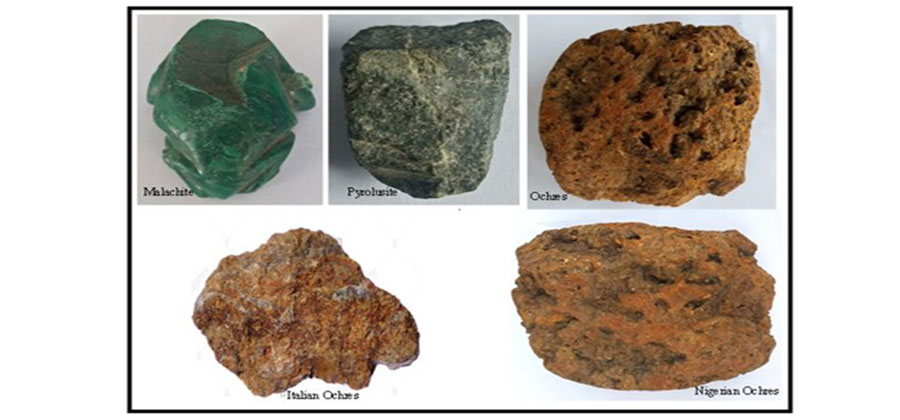


Indian Journal of Science and Technology
Year: 2020, Volume: 13, Issue: 32, Pages: 3349-3363
Original Article
O M Ajibade1∗, O A Banjo2 , T A Oguntuyaki1 , T M Osobamiro3 , A A Ajakore1
1 Department of Earth Sciences, Olabisi Onabanjo University, P.M.B, 2002, Ago-Iwoye, Nigeria. Tel.: +2348058871451
2 Department of Microbiology, Olabisi Onabanjo University, P.M.B, 2002, Ago-Iwoye, Nigeria
3 Department of Chemical Sciences, Olabisi Onabanjo University, P.M.B, 2002, Ago-Iwoye, Nigeria
∗Corresponding author:
Tel: +2348058871451
Email: [email protected]
Received Date:07 May 2020, Accepted Date:19 June 2020, Published Date:02 September 2020
Objectives: To evaluate the impact of common mineral dyes in effluents from dyeing processes on the quality of groundwater at Itoku and Asero, Abeokuta in Nigeria. Methods: Thirty-two (32) samples were examined by determining the In-situ parameters: Total Dissolved Solids (TDS), Electrical Conductivity (Ec) and pH with the aid of a multi-parameter portable meter(model Testr-35); Chemical parameters were determined with Atomic Absorption Spectrometry (AAS)and Titration methods for both cations and anions. Collected samples were analyzed for heterotrophic bacteria load using standard method. Findings: Elevated Ec-1830 µS/cm and TDS-1020mg/l values at Odutola-8 exceeded the WHO permissible limit with bicarbonate, carbonate and chlorides presence, in the water sample. DO at Ifote-6.0, Asero-6.8, Ifote-7.1, Asero carwash-7.9 was greater than WHO standard, specifying water that can support aquatic life and micro-organisms. However, other areas had low dissolved oxygen below the specified permissible limit. The results of the physicochemical parameters including; Chloride and Carbonate levels in effluent and groundwater in most of the studied sites were higher than the World Health Organization (WHO) permissible limits. Dye effluents and well water samples displayed high microbial loads. Predominant bacteria isolated from the effluent and groundwater included Aspergillus spp. Pseudomonas aeruginosa and Bacillus subtilis. Polycyclic aromatic hydrocarbon (PAHs) observed indicated probable human carcinogens found where dye fabrication processes were high and effective. Novelty: Dye effluents have high bacterial and fungal loads. Similarity in the predominant bacteria isolated from effluent and groundwater from the hand-dug wells indicated that the effluent from the dyeing processes is negatively impacting the groundwater and this may pose a risk to public health. High levels of Carbonates, bicarbonates and chlorides in groundwater indicate contamination; making the water unfit for human and animal consumption.
Keywords: Minerals; dyes; contamination; groundwater; carbonates; chlorides
© 2020 Ajibade et al. This is an open access article distributed under the terms of the Creative Commons Attribution License, which permits unrestricted use, distribution, and reproduction in any medium, provided the original author and source are credited. Published By Indian Society for Education and Environment (iSee)
Subscribe now for latest articles and news.